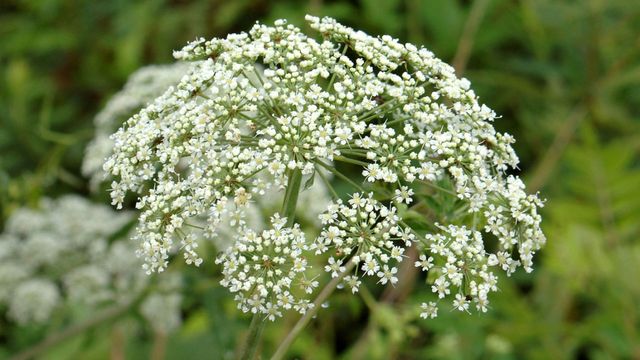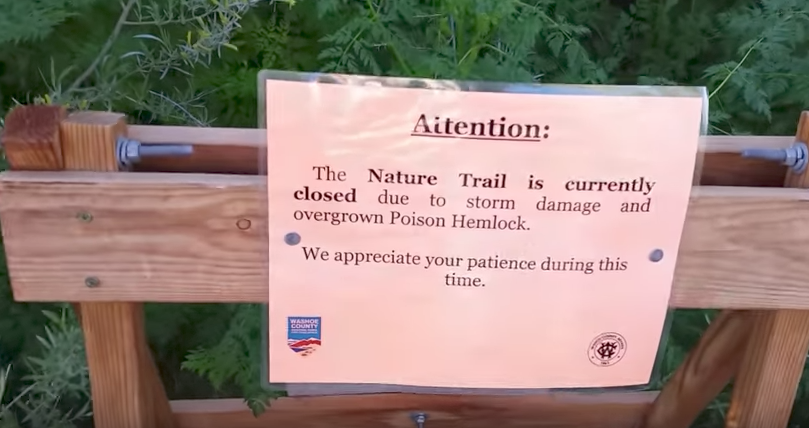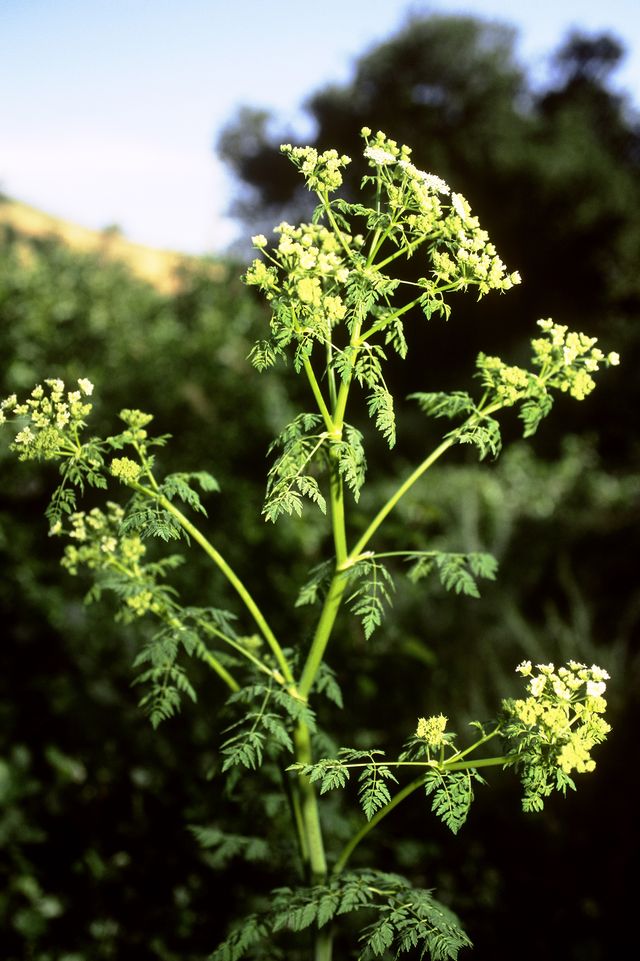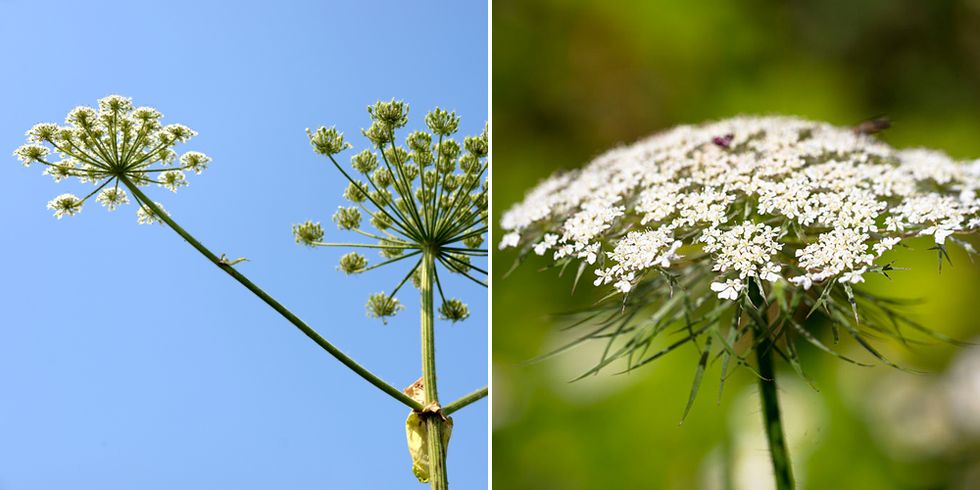Socrates was famously killed by drinking tea laced with poison hemlock, and thousands of years later we still need to worry about this dangerous plant.
While poison hemlock can be found throughout the United States, there is currently a major outbreak of it growing along the banks of the Truckee River in Nevada, which has caused parts of Dorosktar Park in Reno to be closed.
"This is the worst I've seen it in terms of living in a public area where people are walking on a trail," Colleen Wallace-Barnum, park operations superintendent for Washoe County, told the Reno Gazette-Journal.
While eating just a small amount of poison hemlock can kill most people within a few short hours from respiratory failure, just brushing up against it with sweaty skin can cause irritation to those with sensitive skin. Plus, the hotter it is, the easier it is for the plant's toxins to absorb into your skin.
Even worse news? Spraying these plants with pesticides can kill them, but their toxins can remain on the stems, leaves, and seeds in the area for up to three years.
Poison hemlock is also toxic to the majority of animals including pets, livestock, and wildlife. In fact, the only animal that is immune to poison hemlock is the goat.
While there are plans to remove the poison hemlock from Dorosktar Park in Reno, here's what to look out for this summer if you're worried it's in your area too.
How to Identify Poison Hemlock
- Its leaves look similar to ferns.
- Its stem has dark red or purple spots on it.
- It smells like mouse urine
- Your skin and eyes will start burning within 20 minutes of exposure to it.
- Flowering plants have white blossoms that look similar to Queen Anne's lace.
How To Tell The Difference Between Poison Hemlock and Queen Anne's Lace
While both plants are in the Apiaceae family, Queen Anne's lace isn't poisonous even though they look very similar. These tips from Raven's Roots Naturalist School could save your life.
- The stems on Queen Anne's lace is hairy while poison hemlock stems are hairless and have dark purple spots on them.
- The flowers on Queen Anne's lace are flat on top and usually have a single dark red or purple flower at the center. Poison hemlock flowers, while also white, have a more rounded shape on top and no colorful center blossom.
- Queen Anne's lace flowers also have three-pronged bracts at their base, while poison hemlock doesn't.
- Queen Anne's lace leaves are hairy on the underside, while poison hemlock leaves do not have hairs.
(h/t Bee Habitat)
















